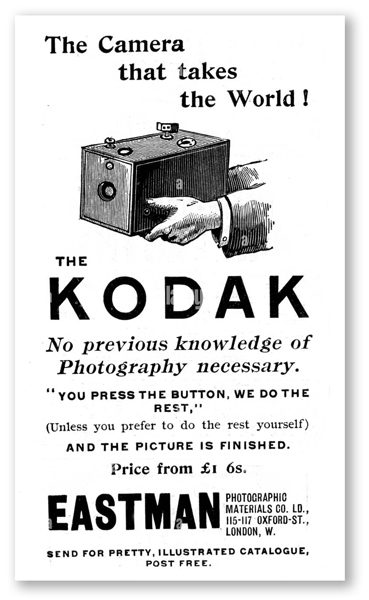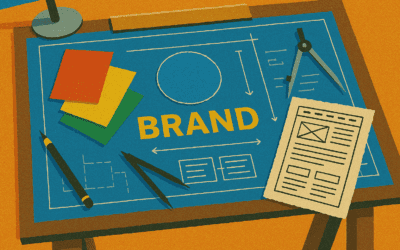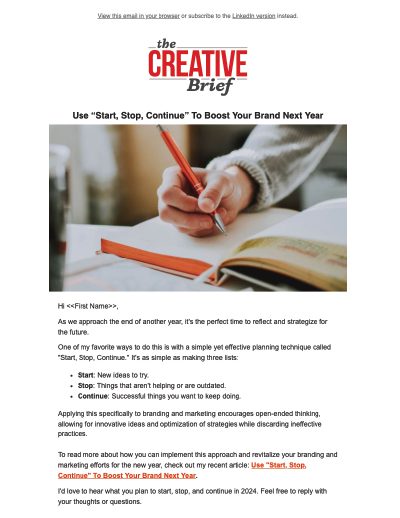What does a luxury watch brand have in common with a camera company from the 1800s? More than you’d think.
When Hans Wilsdorf set out to name the world’s most precise wristwatch, he didn’t draw from the world of horology. He looked to a man who revolutionized photography: George Eastman, founder of Kodak.
Wilsdorf was inspired by Eastman’s unconventional yet brilliant approach to naming by using a strategy that prioritized sound, memorability, and distinctiveness over literal meaning.
The result? “Rolex”—a name that, like “Kodak,” meant absolutely nothing at the time. And yet today, both are among the most iconic brands in their industries.
From Wilsdorf & Davis to Rolex
Hans Wilsdorf wasn’t initially trying to build a brand empire; he was trying to sell watches. In 1905, he and his brother-in-law founded Wilsdorf & Davis in London to distribute wristwatches, which were still a relatively new idea at the time.
But Wilsdorf had a vision. He wanted to create a watch that was elegant and precise and could be recognized across the globe. To do that, he needed more than a reliable product. He needed a name that would travel well.
“Wilsdorf & Davis” just wouldn’t cut it.
 Enter George Eastman (and Kodak)
Enter George Eastman (and Kodak)
Around the same time, George Eastman had already made waves by launching the Kodak camera. A user-friendly camera that changed the way people experienced the growing world of photography.
Eastman didn’t want a name that described his product. He wanted something unique. He liked the letter “K” for its strength and snappiness, and he and his mother played around with sounds and letter combinations until they landed on “Kodak.“ It was short, easy to pronounce in any language, and most importantly, it wasn’t already a word.
That philosophy struck a chord with Wilsdorf.
He later said, “I tried to combine the letters of the alphabet in every possible way. This gave me hundreds of names, but none of them sounded right. Until he landed on “Rolex.”
Like Kodak, Rolex was short, easy to say in multiple languages, and not tied to any specific meaning. It could become whatever Wilsdorf wanted it to be. That was the genius.
Brand Naming Strategies: Lessons from Rolex and Kodak
So what can today’s business owners and brand strategists take from these name-development stories? A lot.
There are many types of brand names, but here are a few common strategies:
1. Invented or Constructed Names (like Rolex, Kodak)
- These names are made up, which makes them distinctive and easy to trademark.
- They rely on sound and feeling, rather than existing definitions.
- Downside? They need more marketing to build meaning, but the upside is total creative freedom.
2. Descriptive Names (like PayPal, The Weather Channel)
- Tell you exactly what the product or service is.
- Easy to understand, but often hard to differentiate.
3. Evocative or Metaphorical Names (like Nike, Amazon)
- Suggest ideas or emotions without being literal.
- These names leave room for brand storytelling and positioning.
4. Acronyms or Abbreviations (like IBM, GE)
- They often evolve from longer names, but it is harder for new companies to pull off unless backed by history or scale.
Why Sound Matters More Than Meaning
Kodak and Rolex prove that the way a brand name sounds is just as powerful as its meaning. Maybe more so. These names were designed to be said, remembered, and recognized. They were built for longevity.
A good brand name doesn’t just describe; it resonates.
Rolex sounds luxurious, even if it started out as gibberish, and the name of only one watch model. Kodak feels sharp and dynamic. That’s the power of phonetic branding.
What’s in a Name? Everything.
A name might start out empty, but the brand fills it with meaning. Rolex didn’t mean luxury and precision until Wilsdorf built a brand that stood for those qualities. Kodak didn’t mean photography until Eastman made it synonymous with capturing memories.
If you’re building a brand today, don’t be afraid of inventing something new. The best names aren’t always found; they’re created.
And who knows? The next time someone admires what’s on your wrist, they might just be admiring a name that once meant nothing, but now means everything.




